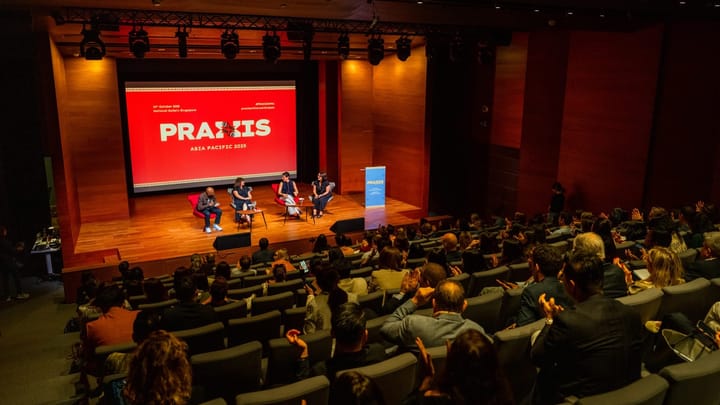The unlikely case for integration
The pragmatic progress of MSL and Ogilvy PR challenge long-held assumptions about PR firm relevance within holding groups.

It's always worth questioning conventional wisdom. After all, things change — and sticking to one point of view is a recipe for obsolescence.
Around a decade ago, I penned an analysis of MSL's attempts to consolidate its many agencies and acquisitions down into one brand. Across the global PR industry, it was hard to find much support for this initiative, not least among the affected agency leaders and entrepreneurs. It was, said critics, a plan that gravely underestimated the basics of successful agency management — too cavalier with its brands, its P&Ls and its specialist capabilities, and not respectful enough of the autonomy required to ensure that public relations fulfils its ideal mandate.
But maybe, just maybe, MSL was onto something, whether by virtue of foresight or good fortune. In recent years, the Publicis Groupe firm is one of the few networks to have performed credibly in a challenging holding group environment, alongside another firm with which it shares some structural similarities: Ogilvy PR.
In Asia-Pacific, especially, the duo have defied gravity over the past couple of years, while most of their holding group rivals have struggled to record significant growth. Zoom out, and they have also avoided the existential questions that regularly arise about the fate of these competitors.
In MSL's case this is also down to a specific turnaround that has taken root after some ill-fated acquisitions in this region. Both firms, furthermore, no doubt benefit from relatively stable leadership amid industry turbulence. Regardless, the broader patterns are worth investigating, particularly given the marked differences between their models and those of standalone PR networks.



